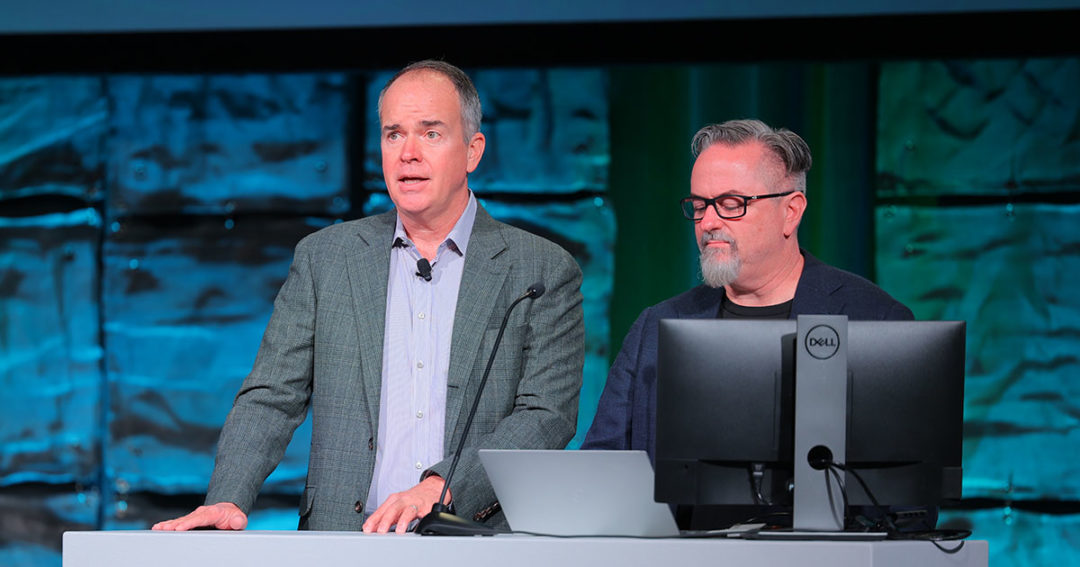
Digitally deliver a personal touch
How personalization bridges the gap between branches and digital platforms.
How do credit unions deliver their brand of exceptional member service on the digital stage?
Finalytics.ai CEO Craig McLaughlin and Chief Data Officer Mark Ryan, who addressed the 2023 CUNA Operations & Member Experience Council and CUNA Technology Council Conference Thursday in Denver, believe the answer is personalization.
“We’re big believers that credit unions can take the personalized service of the branch and contact center, and move it to digital platforms,” says Ryan, noting personalization can fuel digital adoption, member acquisition, and growth. “But it’s a tough first step.”
The process starts with the recognition that credit unions are chartered to deliver great member service, and an acknowledgement that changing member preferences affect service. When members only engage with a credit union digitally, there aren’t as many opportunities for high-touch, caring, person-to-person service.
McLaughlin says 85% of people considering a credit union product or service will conduct digital research before talking to anyone at the organization, while 50% will use a product without ever talking to a staff member.
Therefore, credit unions’ platforms must deliver a first impression that showcases their member-centric approach. They should also have the capability to turn website clicks into personalized data they can use to connect with members.
According to McLaughlin, the top consumer wants for a digital banking experience are the ability to do everything they can do in a branch, easy access with all the bells and whistles, and content designed for their specific needs.
McLaughlin suggests credit unions address these needs by evaluating every option along three dimensions: member desirability, commercial visibility, and technical feasibility. But they should first ask probing questions such as:
- What’s unique about us that we can leverage for growth?
- What changes do we need to make to become viable in an increasingly digital world?
- What are the barriers to our success?
“We have to then think about it in an omnichannel way,” he says, noting that the ideal philosophy is “customer-driven, technology-enabled.”
“Where are the touchpoints?” McLaughlin asks. “Where does the rubber meet the road between our credit union and these members?”
When credit unions determine the experience they want to provide members, they can go forward learning about their members so they don’t provide irrelevant content.
“Their behaviors start to tell a story of what they want and how they want it,” says Ryan, noting credit unions acquire data on what technology members use, where they use it, what products they want, and how they shop. That’s in addition to personal information such as whether they’re married, if they own pets, or how often they travel.
There’s a lot of companies that wish they had the kind of data credit unions have,” he says. “And we’re barely using the data. These people know we have their data, and they expect us to use it when offering them a personalized experience.”